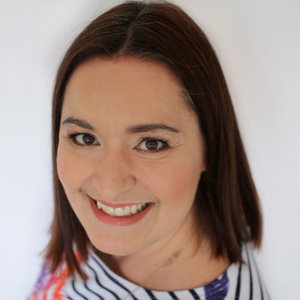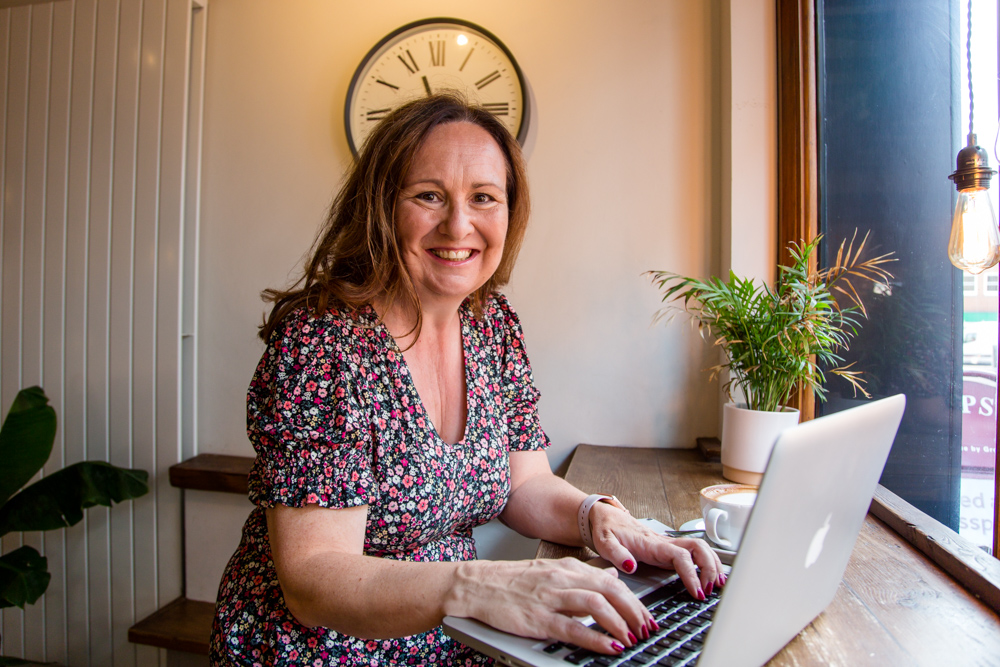
Victoria Williams, terptree
The Covid pandemic has caused firms to be more understanding of their customers’ disabilities and think harder about how they can serve them better, says Victoria Williams, Founder and CEO of terptree, which advises businesses on deaf employee and customer experience.
The Covid pandemic has prompted businesses to be more understanding of their customers’ disabilities and think harder about how they can serve them better, says Victoria Williams, Founder and CEO of terptree.
She says: “The pandemic has increased awareness of vulnerability and disability and brought it more to the forefront than it was. Lots of businesses are now looking at how they can better support these customers and I do believe that once businesses get back on their feet this will be one of their primary focuses.”
One of the biggest turning points, she says, was when supermarkets began prioritising deliveries to vulnerable customers at the start of the pandemic.
She says: “There has never been a time in history where vulnerable customers have been a priority. Vulnerable customers have always been second in line – retailers would deal with customers and then decide what to do about vulnerable and disabled customers. So that was a really big shift, putting vulnerability before other customers. We have never seen that before.”
Victoria says that the pandemic has been particularly challenging for deaf people because face masks cover other people’s mouths and stop them from being able to lip read.
“Deaf people heavily rely on lipreading when they go shopping but that option has been completely taken away. And it is not just about lip reading, it is the facial expressions they are missing as well. We all look at people’s faces to see what mood they are in and to see whether they are being welcoming. So that has been a big challenge for deaf people.”
Deaf people have also found social isolation particularly hard because they have not been able to meet up with other groups of deaf people, many of whom may live far away.
Victoria says there are several ways in which SMEs can make life easier for their deaf customers: “Focus on understanding your customers journey and identify where the pain points will be for a deaf customer. Look at all the touch points and think:
• What is the first impression a deaf customer is going to receive when they enter the store?
• What is that first interaction going to be like?
• Is it rushed, is there time given?
• Do your colleagues maintain eye contact?
All of these things will enhance the customer experience.”
She says it is important to consider what type of solution would work best for your business, pointing out that the solutions do not have to be complicated or expensive.
Some retailers, for example, have introduced a sunflower lanyard scheme whereby people with hidden disabilities such as deafness wear a lanyard round their neck so that store assistants can easily identify them and provide them with extra support.
Book retail chain Waterstones, meanwhile, has put up a sign in some of their stores saying: “If you are deaf and you lip read let me know and we will communicate another way.”
Victoria says: “It is so simple – a printed sign in a frame placed at the till. If a deaf person walks in and sees that, it immediately breaks down that barrier of, am I going to be able to communicate – they can see that the shop has already thought about it, so they don’t need to worry.”
Another straightforward solution is for customer-facing staff to wear face masks which have transparent panels over the mouth area, making it easier for deaf people to lip read what they are saying.
Some retailers are also using live translate apps, which instantly turn speech into text. If a shop assistant is talking to a deaf customer for example, they can speak into the app on their mobile phone and show the words it produces to the deaf customer.
Indeed, says Victoria, it is often the simple low-cost solutions that work best.
She says: “We often get asked by businesses what technology is available to solve the problem, but actually it is more about having a human connection and understanding someone’s needs. All deaf people want is to feel that the person serving them cares about them.”
Victoria’s three top tips for businesses
1. Take a good look at your customer journey and identify the sticking points.
2. Don’t overcomplicate the solutions – it is often the small changes that make a real difference.
3. Think about how you make that first impression. Deafness is an invisible disability, so you cannot always tell that your customer is deaf. Greet people as you would wish to be greeted and you will be creating loyalty from all customers.


